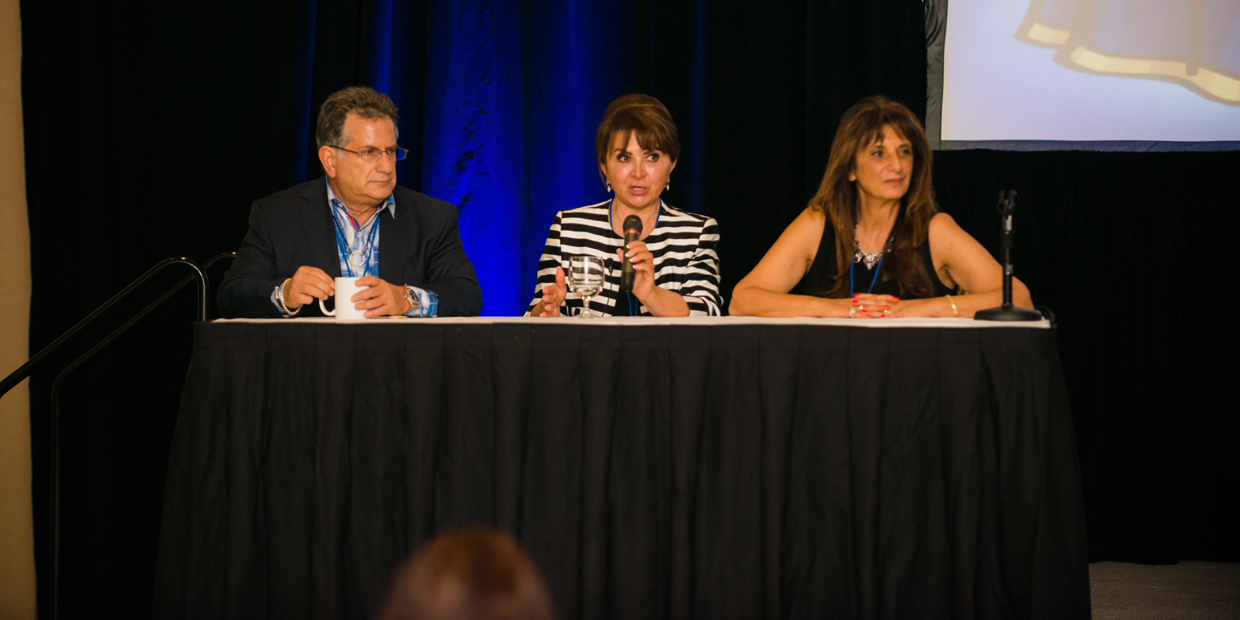Pagets disease risks factors
Pagets disease risks factors: What makes you susceptible to breast cancer

Pagets disease risks factors. The best thing one can do to be safe from any disease is to prevent it from happening
Pagets disease risks factors are closely associated with other factors that increase the development of any other type of breast cancer. Therefore, the following are some of the factors likely to cause an individual to develop Paget’s disease of the breast cancer:
- Radiation exposure. If you received radiation treatments to your chest as a child or young adult to treat another cancer, you’re more likely to develop breast cancer later in life.
- Race. White women are more likely to develop breast cancer than black or Hispanic women, but black women are more likely to die of the disease.
- Past history of breast abnormalities. If you’ve had lobular carcinoma in situ or atypical hyperplasia, your risk of developing breast cancer is higher.
- Overweight. Excess weight is unhealthy and increases your risk of breast cancer especially after menopause.
- Hormone replacement. Taking estrogen after menopause increases the risk of breast cancer for some women.
- Having a history of breast cancer. Those who had suffered breast cancer in one breast before, have an increased risk of developing cancer on the other breast.
- Gene. If you have close family members like a mother, sister or daughter etc., with breast or ovarian cancer or both, you have a greater chance of developing breast cancer.
- Dense breast tissue. Women with dense breast tissue, as seen on a mammogram, face a higher risk of breast cancer.
- An inherited gene mutation that increases the risk of breast cancer. Defects in one of several genes, especially BRCA1 or BRCA2, put you at greater risk of developing breast cancer as well as ovarian and other cancers.
- Alcohol. Drinking large amounts of alcohol increases your risk of developing breast cancer.
- Age. As one advances in age, the chances of developing breast cancer increase.
Nevertheless, having any of these risk factors doesn’t necessarily make you develop breast cancer. There are so many women struggling with breast cancer, but have never experience any of the stated risks factors.
Pagets disease risks factors: Prevention
The best thing one can do to be safe from any disease is to prevent it from happening. According to the experts at AWAREmed health and wellness resource center under the leadership of doctor Dalal Akoury MD, it is more rewarding to prevent than to treat. Breast cancer may be prevented in many ways including:
- Stop or use alcohol in moderation. If possible stop drinking but if you have to do it moderately like less than a bottle in a day.
- Maintain a healthy weight and diet. If your weight is healthy, work to maintain that weight and reduce it if overweight. Women who eat a Mediterranean diet supplemented with extra-virgin olive oil and mixed nuts may have a reduced risk of breast cancer.
- Limit postmenopausal hormone therapy. Combination hormone therapy may increase the risk of breast cancer.
- Exercise. Take time to exercise on most days of the week. Consult with your physician if you haven’t been active lately for guidance.
- Breast self-exam and awareness. Women need to periodically inspect their breasts during a breast self-exam for breast awareness. If any changes like lumps or other unusual signs in your breasts is noticed, talk to your doctor on time. This is important in the prevention of breast cancer.
- Asking questions about breast cancer screening. Ask specialist the right time to start breast cancer screening exams and tests like clinical breast exams and mammograms. Get to know the benefits and settle on which breast cancer screening strategies to use.








